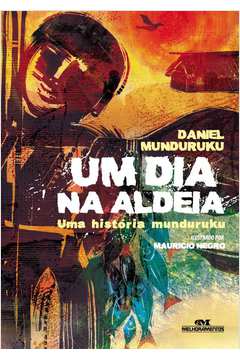

Regarding the Massaco’s area, it was by the track and traces from an indigenous group that their territory and existence have been defined, while their image is still being designed as an ongoing study of the artifacts found, forsaken Camps, appearance reports and distance observations: they cannot be heard, obviously, therefore they cannot define “their” own territory.

In order to enable the land demarcation, it was necessary to create innovations regarding demarcation procedures, in which, as a matter of course, must host the attendance of the indigenous themselves when defining their traditional territory. Yet, Brazil is a reference when it comes to protection measures to such indigenous communities, and this reputation is due mostly to policies related to demarcation of lands, highlighting the demarcation of an indigenous area exclusively to isolated people in 1996: the indigenous land called Massaco, in the state of Rondônia. Such movement is associated mainly due to the onslaughts of a “developmental” nature that is moving forward to lands that are most wanted from the predatory capitalism, along with persistent illegal activities looking for timber and other resources from the forest. Future research might look for continuities and disparities between indigenous social media communication and content on indigenous issues produced by other relevant parties.The presence of reports in the big mass media spreading the existence of isolated indigenous people in the Amazon forest has grown exponentially over the last years. While the conclusions were interesting, it became clear that the differences between newspaper and social media content necessitate a fresh approach because social media content has a different aim and seeks to address a different audience.

The Facebook posts of six indigenous organisations were examined, using the same criteria as for the print media analysis. Search terms were devised corresponding to the thematic concerns of the Indigenous Brazil Violated project.Ī second, pilot study, examined the use of social media by indigenous organisations during the same period. Also a small number of regional newspapers was searched, A Crítica and Em Tempo for Amazonas, A Gazeta de Cuiabá for Mato Grosso and Correio do Estado for Mato Grosso do Sul.

The newspapers searched were O Globo, Estadão and Folha de S.Paulo. Media Analysis was carried out by searching the archives of leading Brazilian national print newspapers for the period January 2016 to May 2020.


 0 kommentar(er)
0 kommentar(er)
